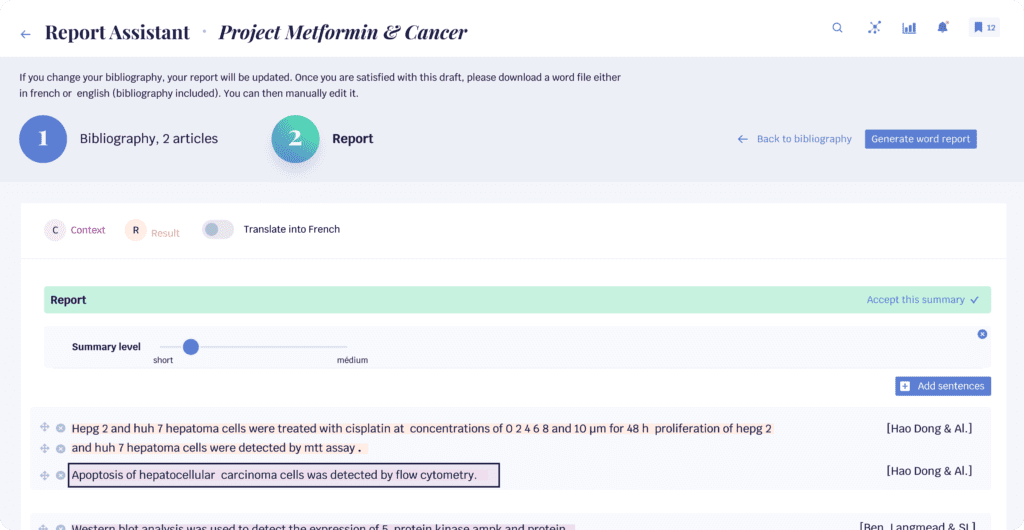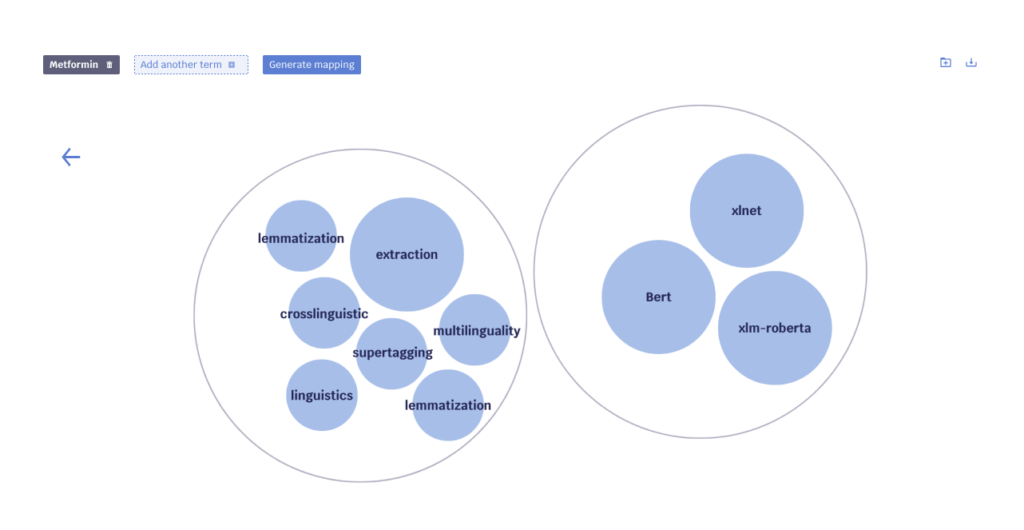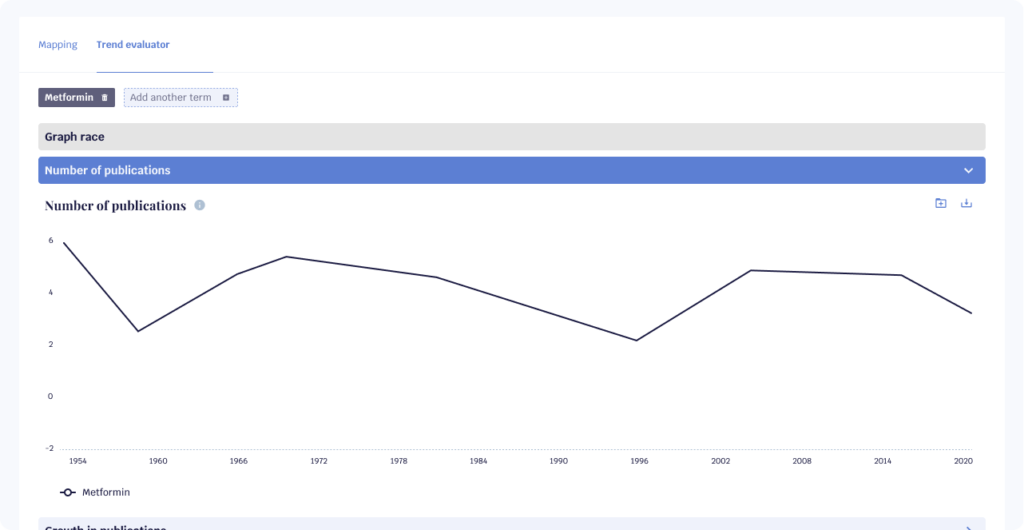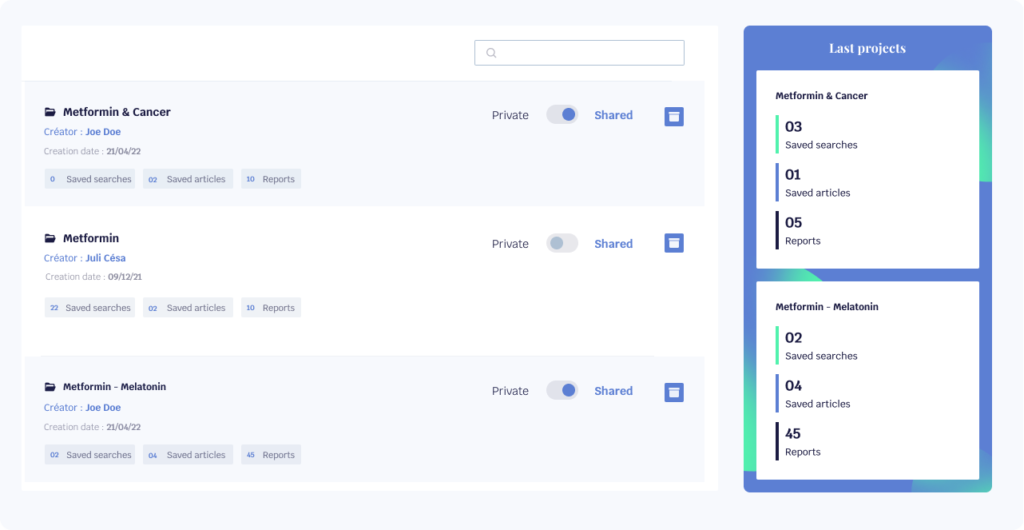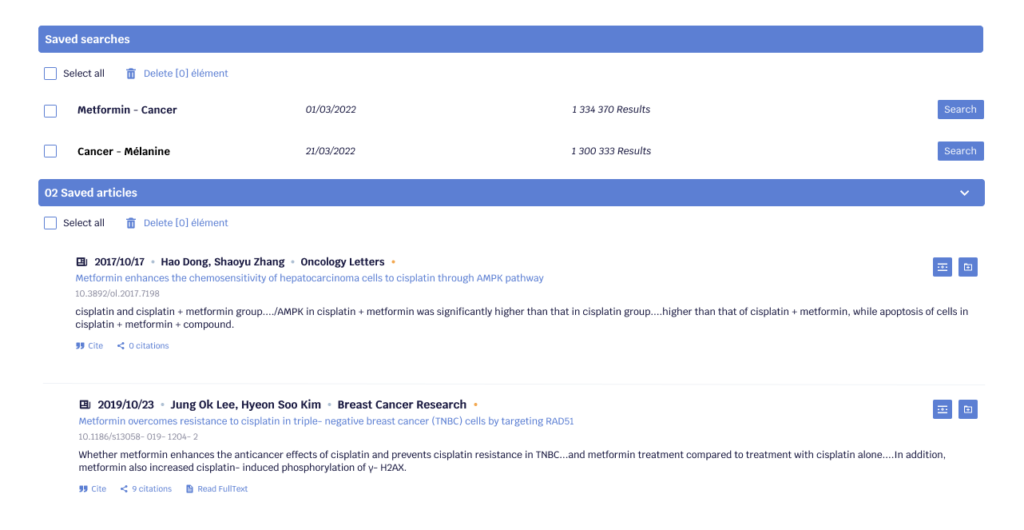Scientific news (Mai 2023)
Read more

👨⚕️ Researchers at the University of Toronto and biotech company Insilico Medicine have successfully developed a potential drug to treat primary liver cancer in just 30 days, 🧠 thanks to the use of DeepMind’s AlphaFold protein structure database.
💥 This revolutionary method has dramatically reduced the time needed to design and synthesise a drug, 🕝 which would have taken over a year using traditional methods.

Building on this success, Insilico Medicine is now focusing on automating the drug discovery and development process.



#research #biotechnology #artificialintelligence #medicine #chemistry
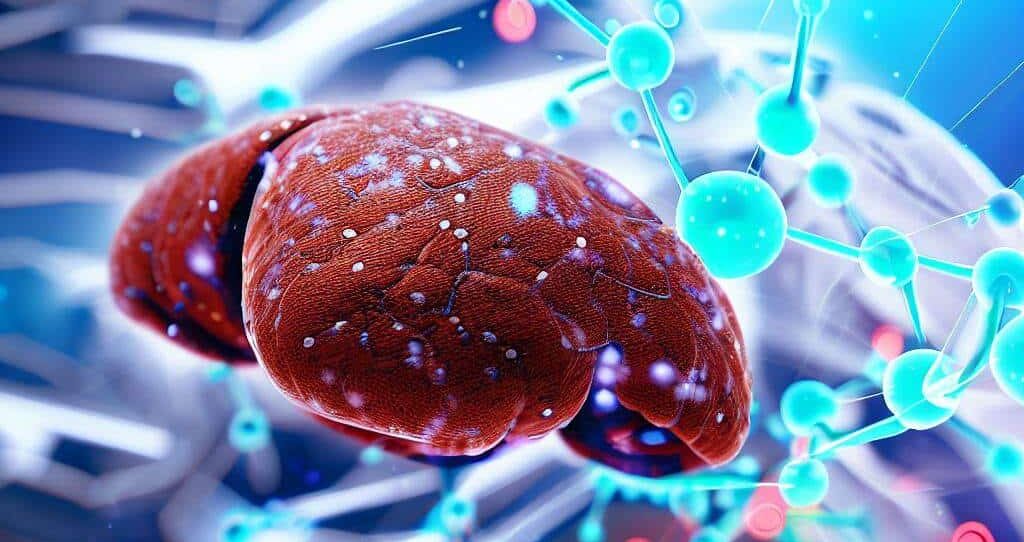
Scientists have developed a medical device capable of decoding thoughts using brain imaging and ChatGPT!
No, it’s not fake news… ⛔ Thanks to AI, innovative new applications are emerging, and this one is particularly disruptive. 💡
🔎 Imagine being able to communicate your thoughts without needing to speak. 🤔 That’s exactly what a group of scientists have managed to achieve with a revolutionary new device. This technology has the potential to transform the lives of those who have lost the ability to speak. 😶 However, it also raises important questions about privacy and regulation.
🤔 How does it work?


Once the device has been trained, 

The main concerns with this device relate to privacy. 
In addition, as the device requires intensive brain training using an MRI machine, 

Scientific source: https://lnkd.in/eXSpQ86n
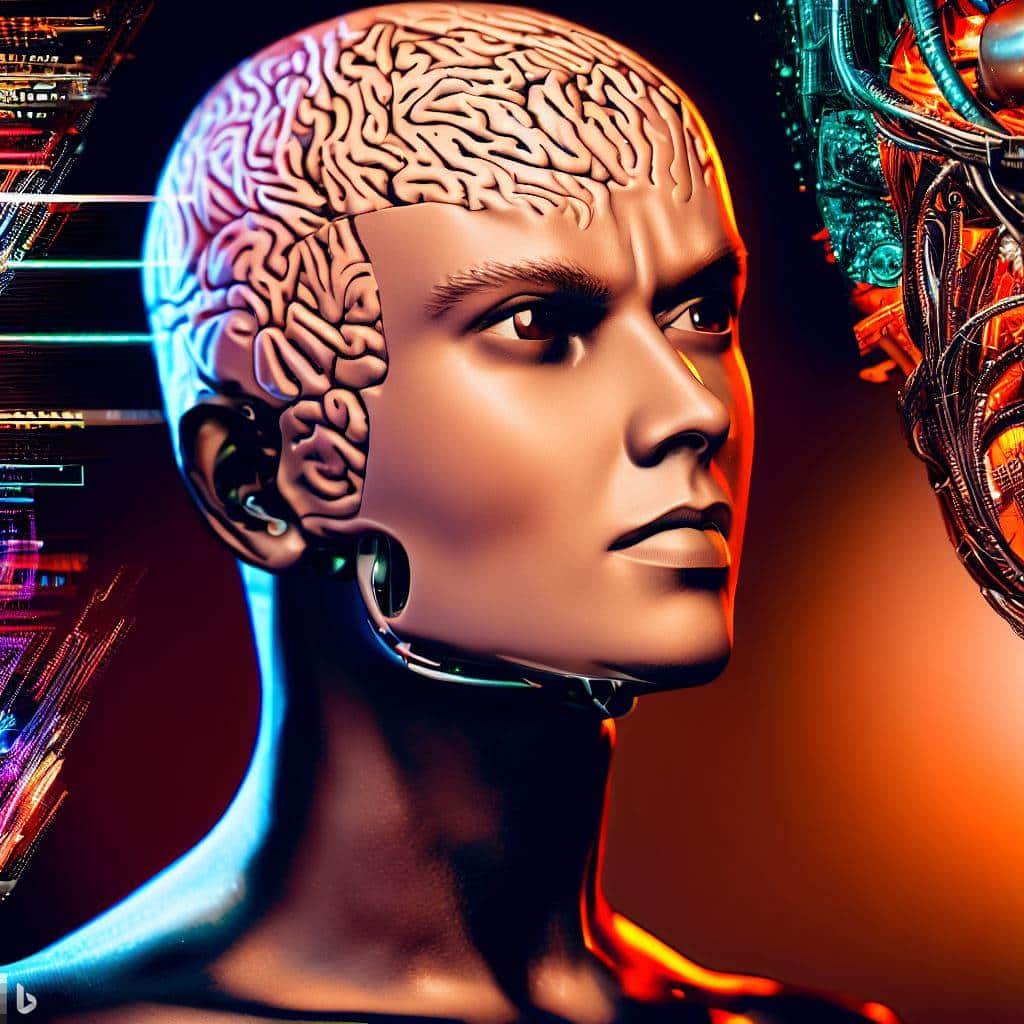
💥AI systems capable of carrying out up to 10,000 microbiology experiments in a single day! What research team can do better? 😁
💥AI systems capable of performing up to 10,000 microbiology experiments in a single day! What research team can do better? 😁
Autonomous experiments would considerably increase the output of microbiology research. However one known limitation rests on the availability of training datasets needed to train these systems.
Researchers at the University of Michigan in the United States have developed an artificial intelligence platform called BacterAI. It has been able to determine the metabolism of two microbes linked to oral health without the need for any prior knowledge. More specifically, BacterAI was able to identify the amino acid requirements of two oral streptococci: Streptococcus gordonii and Streptococcus sanguinis.
Automated experimentation using AI can considerably speed up these discoveries. The team carried out up to 10,000 experiments in a single day! Accelerated research thanks to AI means that knowledge can be created much more quickly, and that innovation can follow!
Naturally, the question arises as to the place of AI in laboratory research. Will it create super-doctors/postdocs/researchers? Does spending less time manipulating and more time brainstorming make you dream dear network?
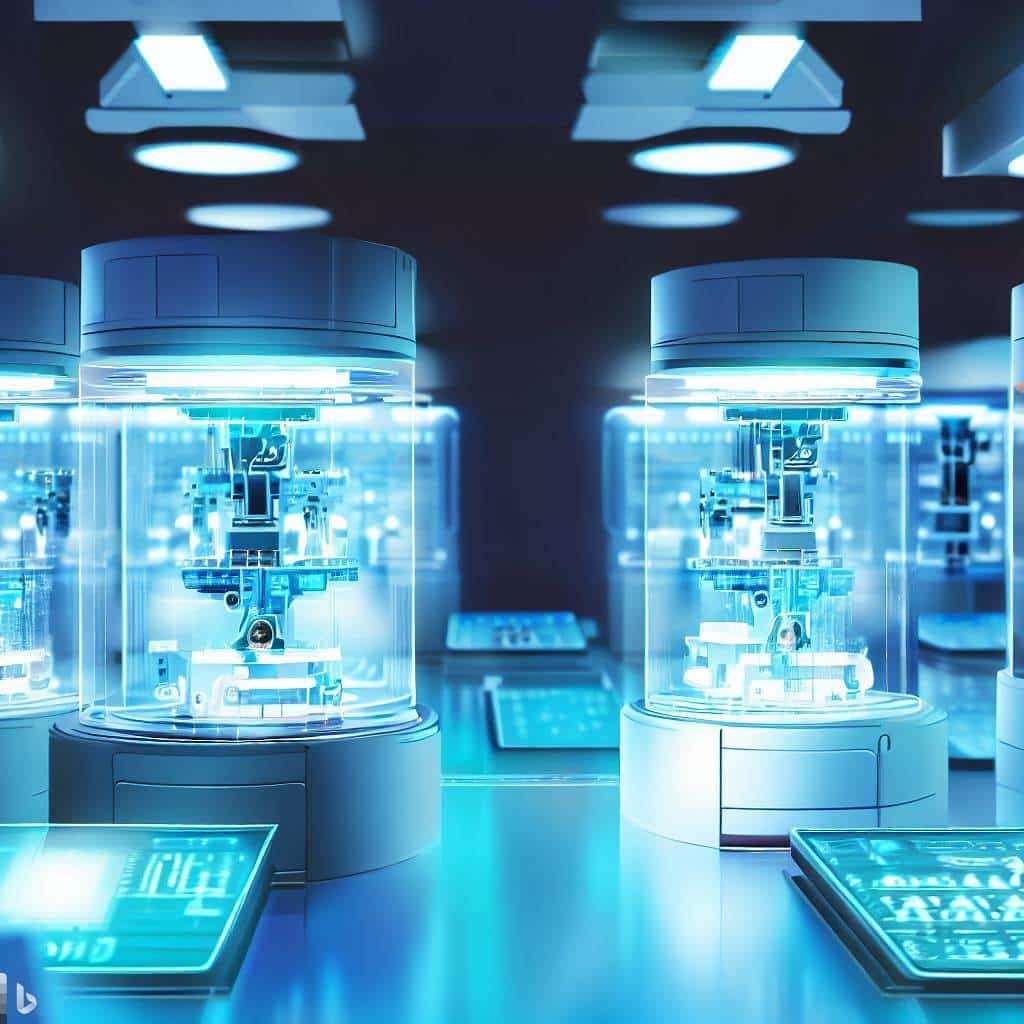
💥Publish Fake publications or Perish, the big nightmare😨
A study published in a medRxiv pre-publication on 8 May reveals some alarming figures. It estimates that up to 34% of neuroscience articles published in 2020 are likely to have been invented or plagiarised; in medicine, the figure is 24%.
To do this, the researchers identified and used 3 indicators: “author’s private email”, “international co-author” and “hospital affiliation”. These indicators were used to analyse 15,120 publications listed in PubMed with regard to date, journal, impact factor and author’s country, and were validated in a sample of articles.

These manuscripts threaten to corrupt scientific literature, mislead readers and distort systematic analyses.

The recent advent of artificial intelligence tools such as ChatGPT 
AI is a tool that people use to achieve their objectives, good or bad. More than ever, we need to raise awareness of the risks and consequences of misinformation…
This subject is so close to our hearts at Opscidia that we have developed “Science Checker”, an AI tool (in beta version) to combat misinformation in the biomedical field (link to Science Checker in comments). And we’ll keep going…
#science #fakenews #publications #research #artificialintelligence







